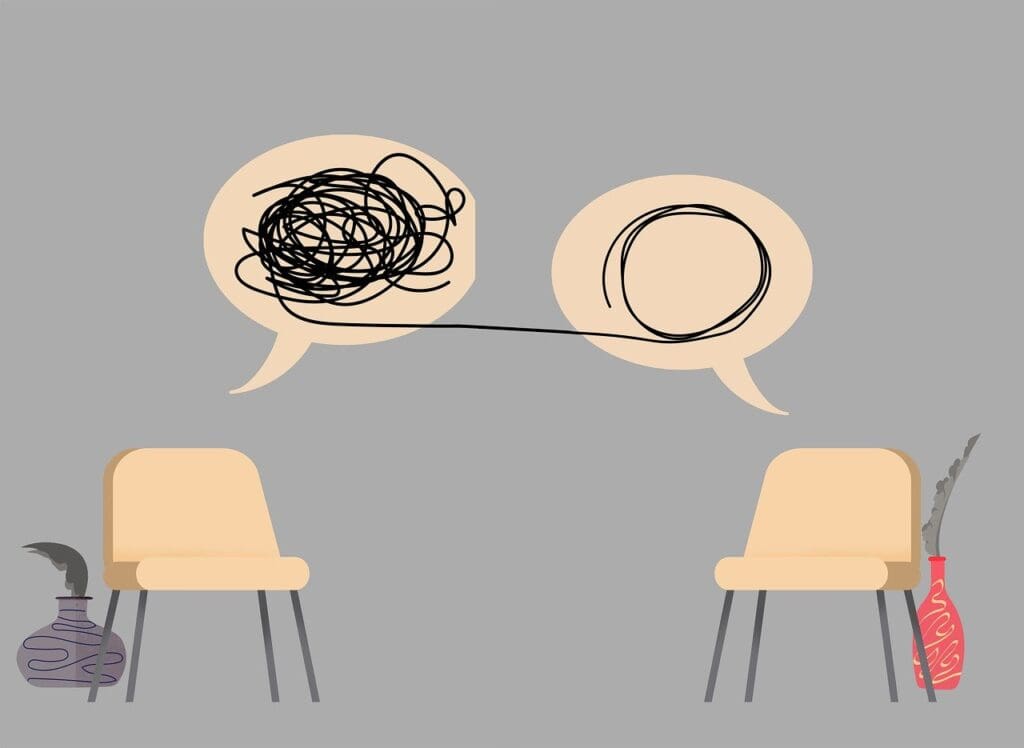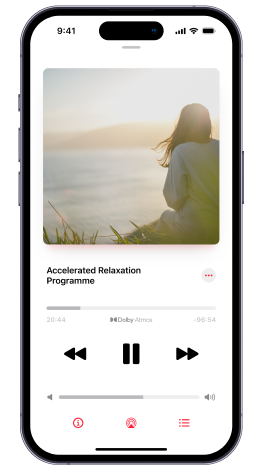While most of my clients seem to have a good idea of what a hypnotherapy session at my practice in London and Winchester is going to be like, there’s often still a bit of confusion as to what it all entails.
I think most people do realise that clinical hypnotherapy has nothing to do with Derren Brown, but a smidge of uncertainty lingers.
When people come to see me for a clinical hypnotherapy session, I already know a little about them.
In turn, they’ve already had chance to get to know me. This is because all hypnotherapy should be preceded by a free consultation, which gives you the chance to work out whether your hypnotherapist seems right for you. I offer a free 20-minute consultation to all clients.
Find the right hypnotherapist
The consultation could be face-to-face, or it could be done by video call or on the phone. If your therapist doesn’t fill you with confidence, or if they’re rude or just seem slightly ‘off’, find someone else.
After all, if you didn’t like your GP and he/she dismissed your every ailment with a tut, you’d find someone new. Only when you get good vibes from a hypnotherapist should you proceed.
Crucially, he or she should also give you the impression that they can actually help you, too. There’s no point getting fixated on treatment by a hypnotherapist who is advising against it or strongly recommending that you try something else first. Especially if you want your session to be a success!
A good therapist will likely ask you to prepare for the session. I use pre-session questionnaires that bring me up to speed and often I ask people to keep a log before they see me.
If they’re coming to see me because they have problems with anxiety, for example, it’s useful for us both to see exactly when their anxiety occurred, what triggered it, what feelings they felt and how long it lasted. I’d be suspicious of a therapist who said, “Just pop round and we’ll sort you out.”
Getting to know your therapist
A log will also help a hypnotherapist see if there is accompanying negative talk or other things that should be addressed during the session.
So while hypnotherapy can be a rapid fix for many problems, clients typically do some prep. They get to know the therapist, then the session takes place (either in person or online) and there is sometimes follow-up work, too.
I often think of a great quote that was said by the golfer Arnold Palmer (some attribute the quote to fellow golfer Jerry Barber) when he was asked by a journalist: “Why are you so lucky?” He replied: “Oddly enough, the more I practice, the luckier I get.”
Preparation equals better chances of success
In hypnotherapy, the more prep work you do and the more committed you are to making your experience a success then the more likely you’ll get the result you’re looking for.
Also, it’s worth remembering that half the world’s population are introverts. Just think how tense they would be if they hadn’t had chance to meet their therapist or been told to think about their problem in advance. And then, on arrival, they had to face a multitude of questions from a stranger.
My goal is to make people feel at ease and keen to talk when they arrive.
Hypnotherapy in a calm, modern environment
As for the session itself, it’s just a calm, modern environment. There are no couches, so you won’t be lying down. It’s just me and you in couple of comfortable chairs.
I can do as much through conversational hypnosis as can be done in more formal, deep hypnosis – there isn’t a magic moment where you would consider yourself being ‘under’. So don’t expect me to utter, ‘Sleep!’ or anything like that.
Sometimes you can walk out of the session and know that your problem is gone; other times you’ll need to test it a little, and will need to do a little post-session work.
But what is certain is that it is the norm for all clients to leave feeling completely normal. Hypnotherapy is not anaesthesia, and you will leave being able to go straight back to work or carry on doing whatever you were doing.

